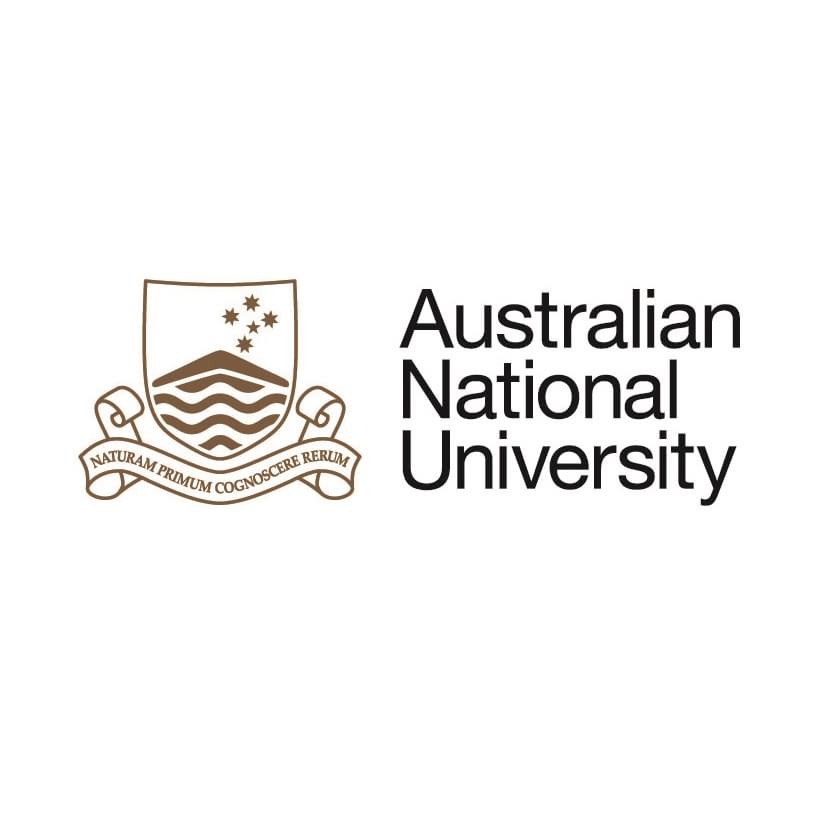Full description
The study site is located on retired farmland that includes a mosaic of restored vegetation (native plantings) of varying ages juxtaposed with patches of remnant vegetation and untreated, pasture (both grazed and abandoned). During their period of pastoral management (prior to 1990), the sites have been grazed by cattle, fertilised and planted with exotic pasture grasses, particularly Phalaris species. All sites were originally woodland prior to agricultural development about 200 years ago. Restoration projects commenced in the area in 1992 with a stated goal of ‘re-establishment of native vegetation’ (Perkins 1997). The restoration plantings were carried out in a pattern designed to connect remnant patches of woodland, which were also the primary sources of seed for tubestock. To evaluate success against the above goal, we therefore identified the remnants as suitable reference sites to which the restored sites were expected to increase their resemblance in composition and structure over time. Disturbance resulting from past agricultural practices in the area have impacted upon remnant patches to varying degrees, but these were the best available examples of native woodland in the region. Untreated pasture is defined as a control, from which restored sites are expected to become increasingly dissimilar in species composition and vegetation structure with time.Created: 2018
Data time period: 1992 to 2018
text: Western Sydney Parklands (Western Sydney Regional Park), NSW, Australia
Subjects
User Contributed Tags
Login to tag this record with meaningful keywords to make it easier to discover
Identifiers


